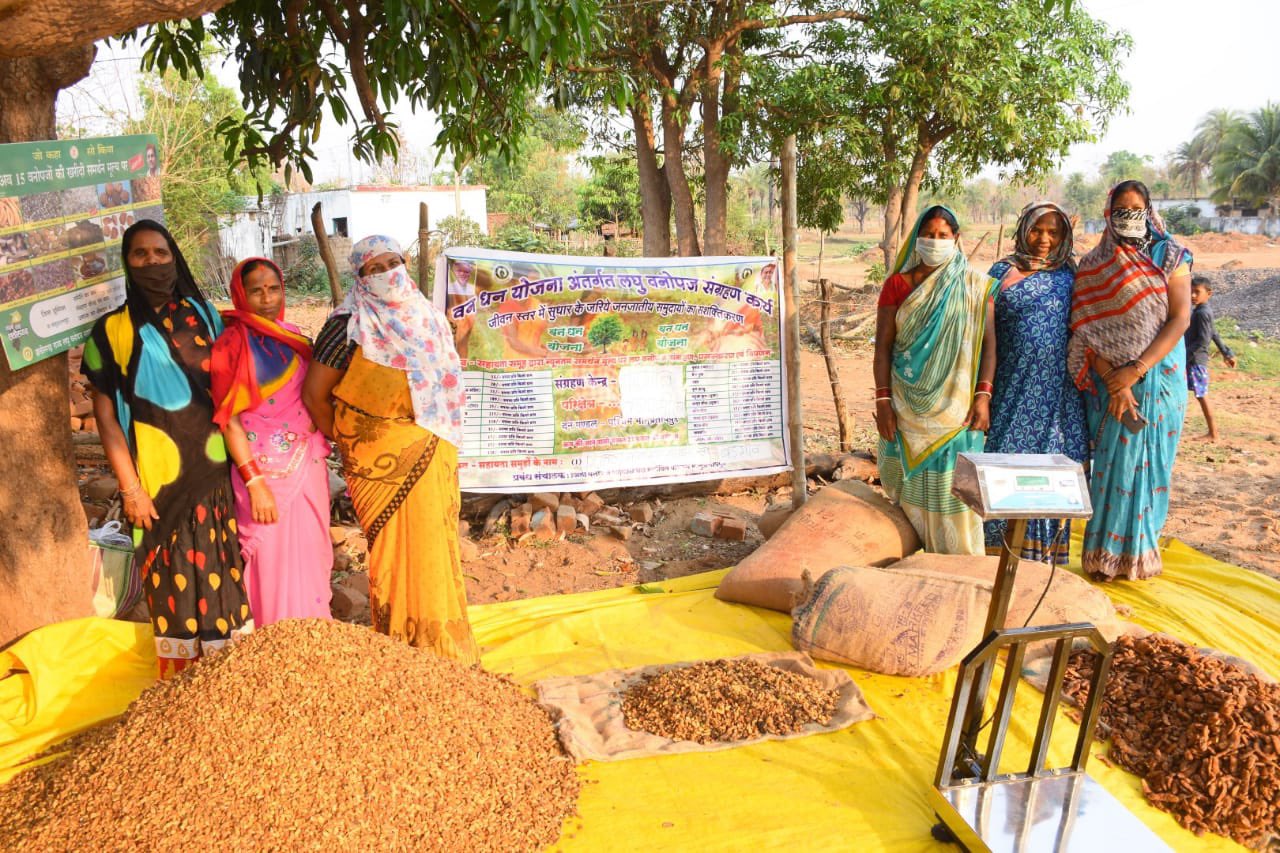
14 NEW MINOR FOREST PRODUCE ITEMS ADDED
WHY IN NEWS?
- The government has decided to include 14 new minor forest produce items under the mechanism for marketing of minor forest produce through a minimum support price scheme.
- Newly included items are Tasar Cocoon, elephant apple dry, bamboo shoot, malkangani seed and wild dry mushroom among others.
KEY POINTS
- The Central government had introduced a minimum support price for a selected list of minor produce items through mechanism for marketing of Minor Forest Produce through Minimum Support price and development of Value Chain of MFP Scheme in 2011.
- It aims to provide a social safety net to these underprivileged forest dwellers, and to aid in their empowerment.
- WHAT IS MFP?
Section 2(i) of the Forest Rights Act defines a Minor Forest Produce (MFP) as all non-timber forest produce of plant origin and includes bamboo, brushwood, stumps, canes, cocoon, honey, waxes, Lac, tendu leaves, medicinal plants etc
- The responsibility of purchasing MFP on MSP is with State designated agencies.
- To ascertain market price, services of market correspondents would be availed by the designated agencies particularly for major markets trading in MFP.
- The scheme supports primary value addition as well as provides for supply chain infrastructure like cold storage, warehouses etc.
- The Ministry of Tribal Affairs will be the nodal Ministry for implementation and monitoring of the scheme. The Minimum Support Price would be determined by the Ministry with technical help of TRIFED.
WAY FORWARD: What do environmentalists anticipate in the region?
- They have been warning time and again that this kind of development in this sensitive region should not happen.
- And that we need to look at a different pattern of development in order to avoid these kind of disasters.
- We really need to look at sustainable development ideas.
- For example, let us believe the government is meant to take tourists to the four shrines.
- The government is doing this primarily because it anticipates a lot of revenue.
- After the 2013 flood, experts written a monograph onenvironment and sustainable development in Uttarakhand, in which pointed out that if you are going to concentrate everything on four routes, you will not spread the wealth around.
- Whereas Uttarakhand offers so many innumerable opportunities for tourism.
- Somewhere you can see the mountain landscape, somewhere you can see beautiful forests, somewhere you can see streams, there are wildlife reserves.
- If we could spread all this tourism around the state and give a fillip to the homestay business then it would spread the wealth around. And the state could still earn its revenues.
- The second approach is if we say we are going to protect our forests, our rivers, we are not doing it for our own good. It is for the nation.
- So, let the nation pay Uttarakhand people for the ecological services that they are rendering.
- Women give up going to the forest to collect firewood. They are giving up a source of energy so you distribute free gas cylinders to them. It is a direct payment. That is the kind of development we need.
